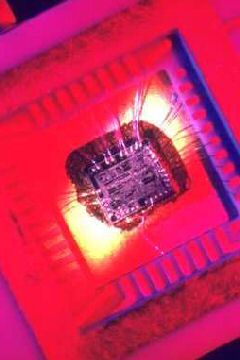
Diatoms, tiny phytoplankton that encase themselves in intricately patterned shells, could represent the next big breakthrough in computer chip fabrication, say scientists from the University of Wisconsin-Madison.
Diatoms build their hard cell walls by laying down submicron-sized lines of silica, a compound related to the key material of the semiconductor industry – silicon. “If we can genetically control that process, we would have a whole new way of performing the nanofabrication used to make computer chips,” says Michael Sussman, a University of Wisconsin-Madison biochemistry professor.
Reporting their findings in the Proceedings of the National Academy of Sciences, a team led by Sussman and diatom expert Virginia Armbrust of the University of Washington have identified a set of 75 genes specifically involved in silica bioprocessing in the diatom Thalassiosira pseudonana. Armbrust, an oceanography professor who studies the ecological role of diatoms, headed up the effort to sequence the genome of T. pseudonana in 2004.
“The semiconductor industry has been able to double the density of transistors on computer chips every few years. They’ve been doing that using photolithographic techniques for the past 30 years,” explained Sussman. “But they are actually hitting a wall now because they’re getting down to the resolution of visible light.”
To determine which genes are involved in creating the distinctive patterns in diatoms, the research team used a DNA chip developed by Sussman, UW-Madison electrical engineer Franco Cerrina and UW-Madison geneticist Fred Blattner. The chip allows scientists to see which genes are involved in a given cellular process. In this case, the chip identified genes that responded when diatoms were grown in low levels of silicic acid, the raw material they use to make silica.
Of the 30 genes that increased their expression the most during silicic acid starvation, 25 are completely new, displaying no similarities to known genes. “Now we know which of the organism’s 13,000 genes are most likely to be involved in silica bioprocessing. Now we can zero in on those top 30 genes and start genetically manipulating them and see what happens,” said Sussman.
Related:
IBM Demos Self-Assembling Chip Turbocharger
Nanomaterial Error-Correction Process Mimics Nature
Radical Transistor Design Blasts Single Electrons Through Circuits
Nano-Imprinting Promises Even Smaller Electronics
DNA Creates Self-Assembling Nano-Transistor
Source: University of Wisconsin-Madison








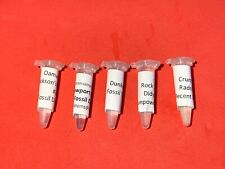

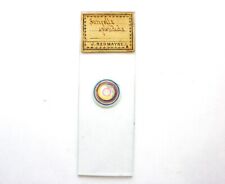
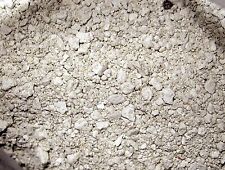
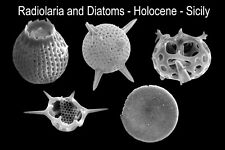
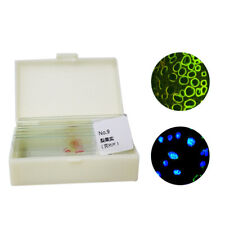
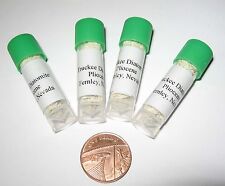
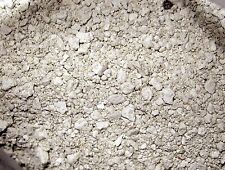
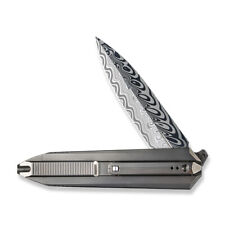
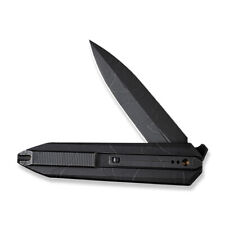
Comments are closed.